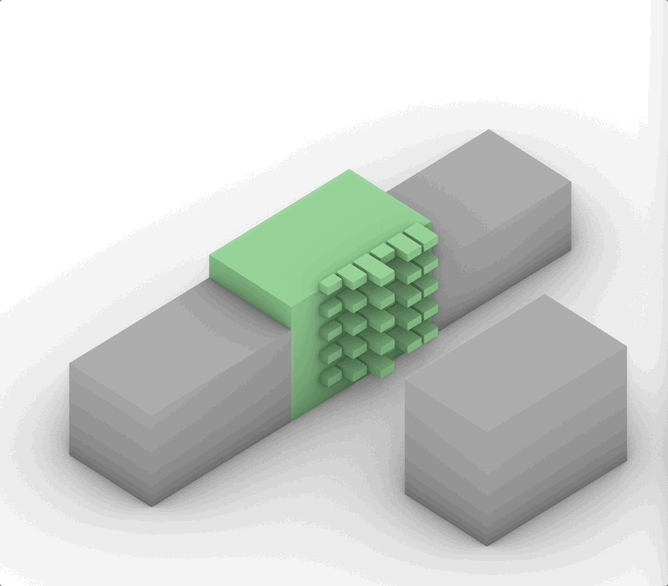Today we have a challenge to reduce our waste. As we know construction is responsible for one third of all waste that is produced annually. That is why it is important to look into reusing the buildings instead of demolishing. The process of giving new life to existing buildings is called «adaptive reuse
For this course we looked at the question: how can we modify existing buildings in dense European cities to incorporate greenery to create cooler urban environments?
As a target city for our research we took the capital of Austria – Vienna. Vienna is a dense, old city. Most buildings don’t have any open space. Some streets are too narrow to plant trees.
We looked at some typical streets and let ai reimagine them to be more suitable for planting green.
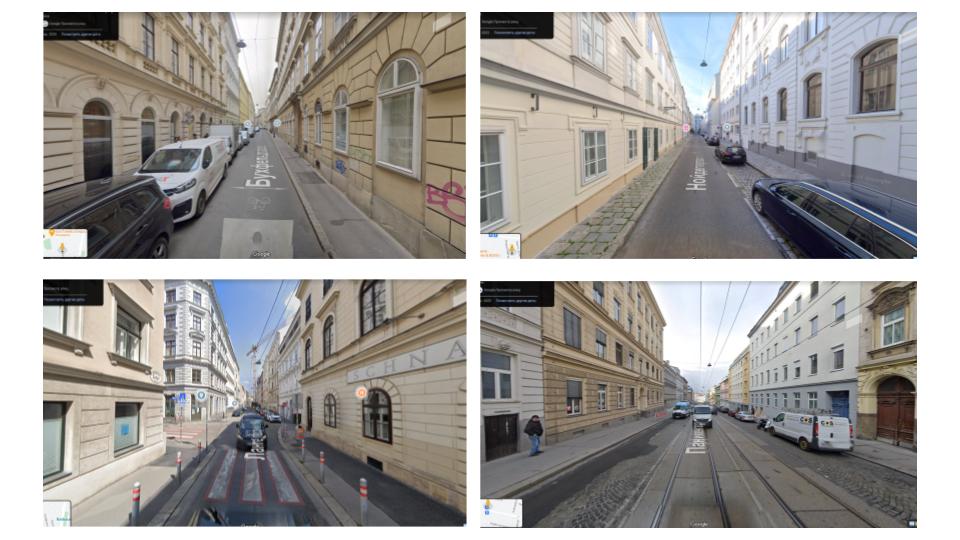
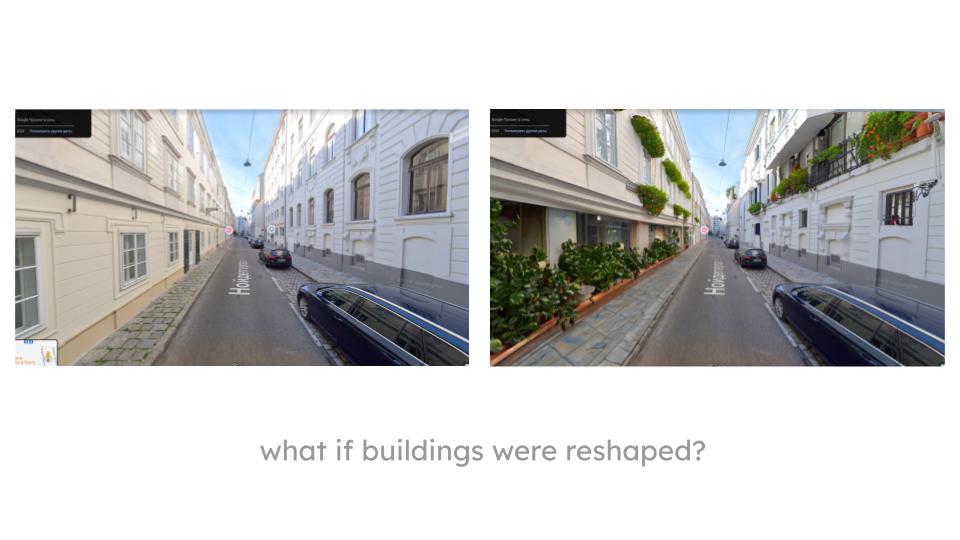
To look at this problem we propose the following methodology.
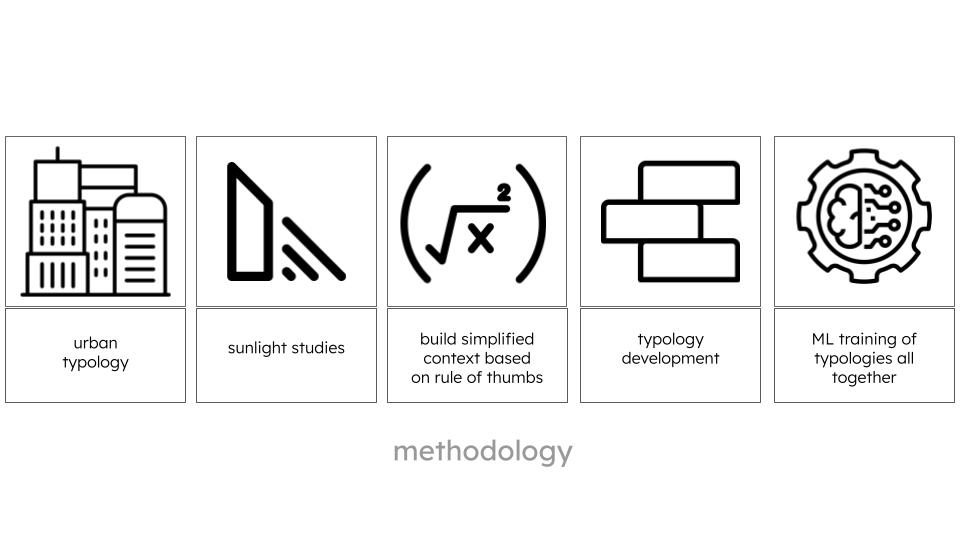
Study urban typology, perform sun studies, build simplified context based on rule of thumbs, develop new green typologies, perform machine learning.
For this case we created 6 different typologies that allow placement of greenery. Each type of typology is built based on the context. We have considered 2 main constraints. They are based on city building codes. First is maximum allowed height, second is the width of the street. Each typology respects those rules and provides the best solution and adaptation to the context.
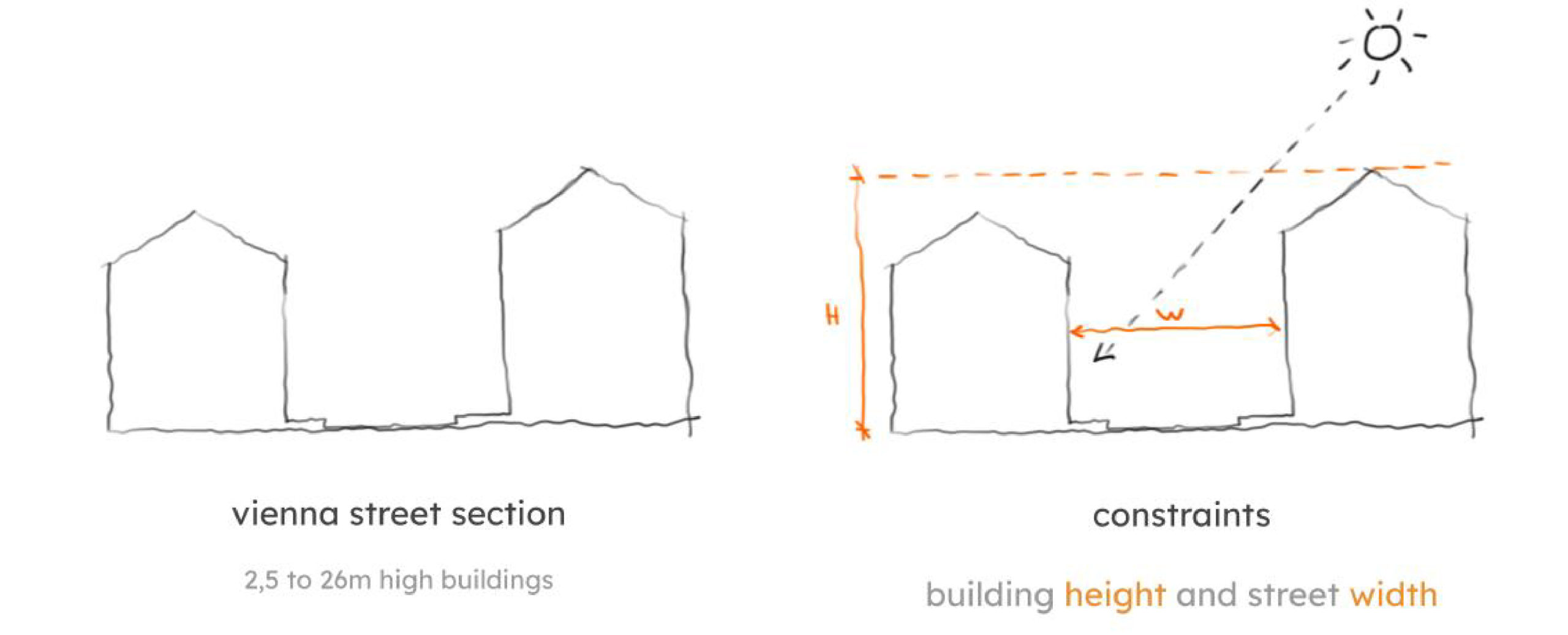


Following we created many variations of each typology to have a dataset of typology and a corresponding context.





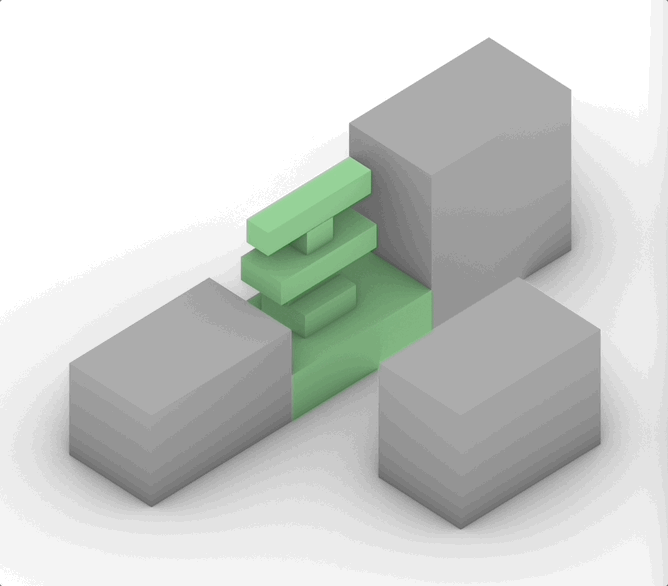
We delve into the training and predictions of typologies using advanced techniques such as 3D Generative Adversarial Networks (GANs) and Pix2Pix models. By harnessing these technologies, we aim to gain insights into the relationships between typologies and their contexts, ultimately improving our understanding of architectural design.
3DGan
To initiate the training process, we employed 3D GANs with voxel-based representations. Our dataset consisted of 1800 samples, with 300 examples for each typology, spanning across 3000 training epochs. Initially, we observed all six typologies separately and later combined them for training. Variations within the typologies were generated based on their relation to the context. However, it’s important to highlight that this model solely focused on training the typologies themselves, without incorporating specific contexts.
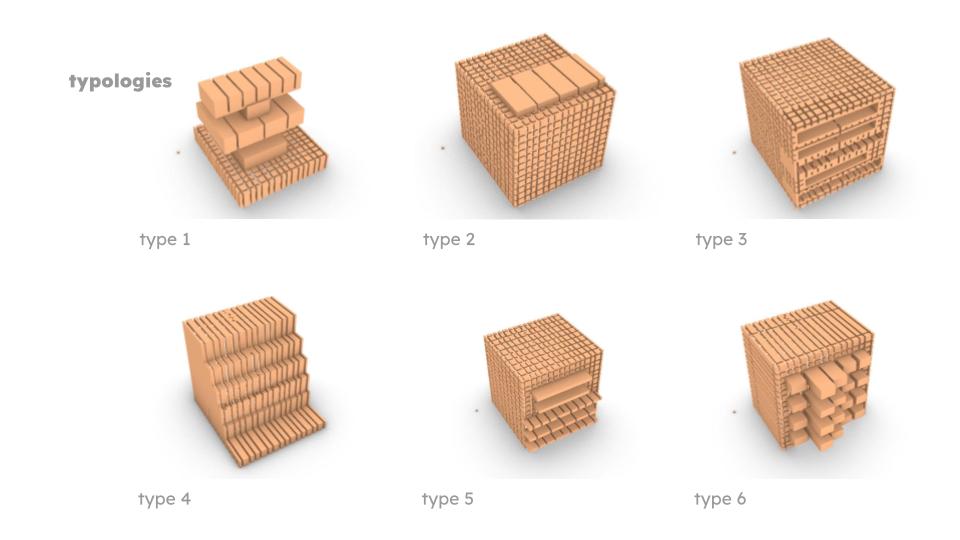
Throughout the training process, we periodically generated renderings to observe the model’s progression. These renderings were produced every 50 epochs, allowing us to witness the model’s gradual shift from learning one typology to the next at approximately every 200 epochs. The results we obtained exhibited a combination of clear geometries and less obvious outputs, showcasing the complexity of architectural typologies.
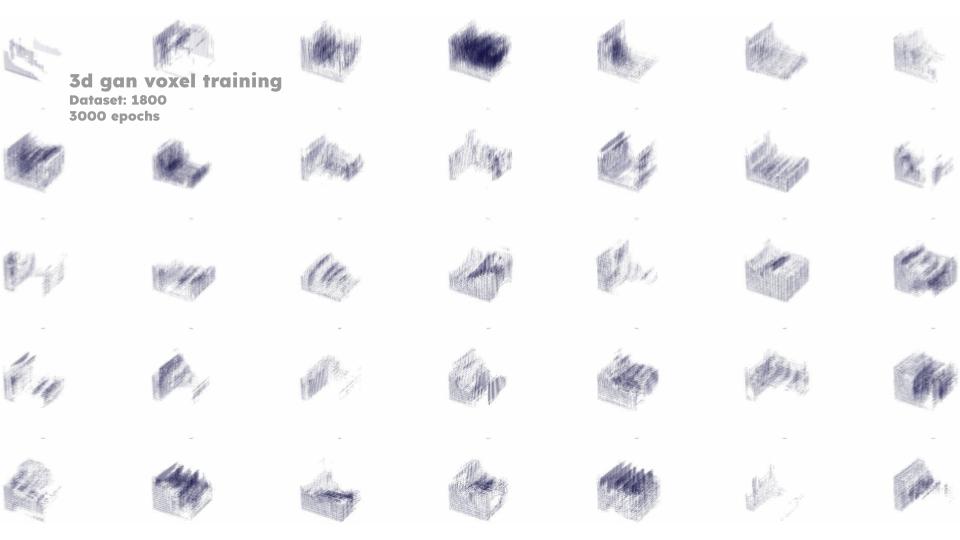
Among the trained typologies, certain designs stood out for their clarity and effectiveness. Particularly, compact and dense typologies such as lounges and French balconies displayed clear results within the training period. The selected results demonstrated the successful design of these typologies.
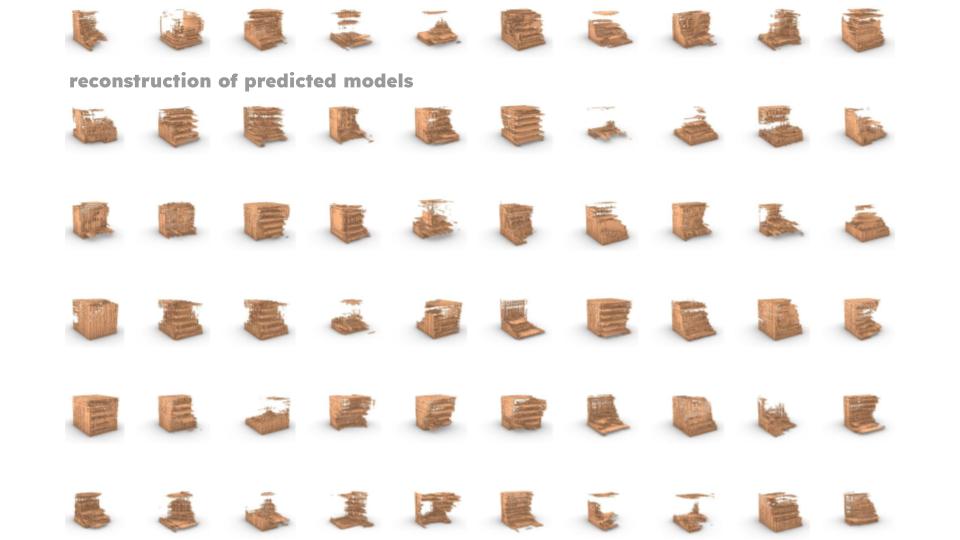
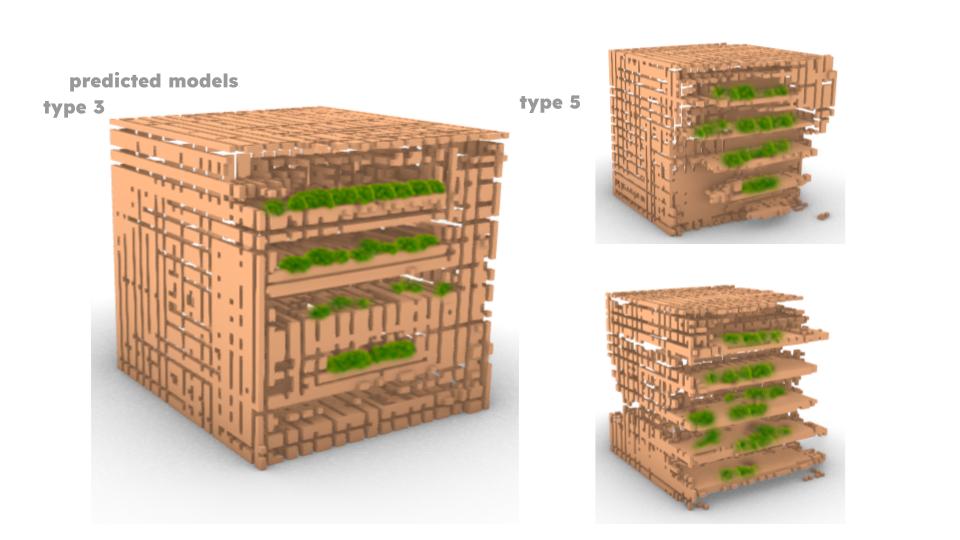
Pix2Pix
Subsequently, we employed the Pix2Pix model to train the same typologies, this time incorporating context into the learning process. Here, the simplified context served as the input, while the output consisted of the typology itself. The model was trained using 1500 samples over 65,000 steps.
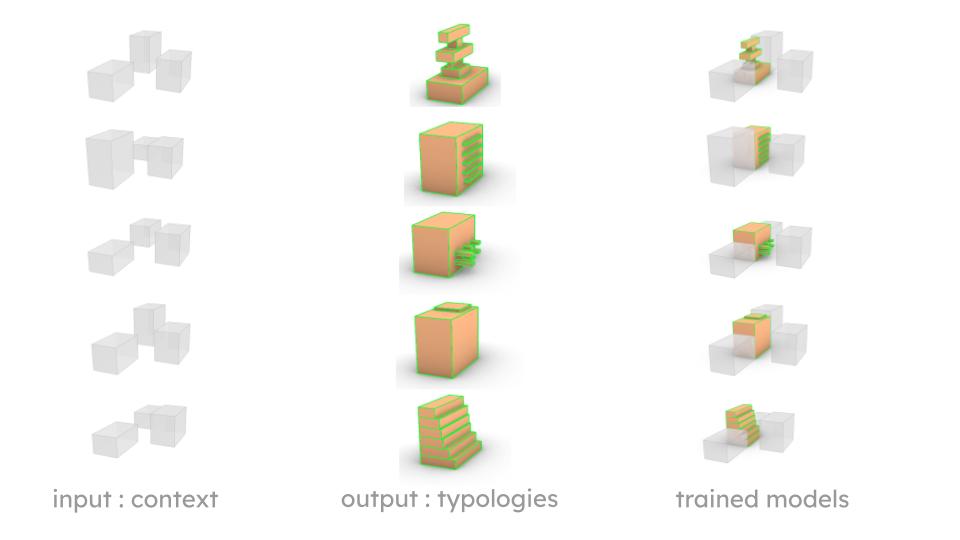
Initially, the predicted images lacked clarity and were indistinct. However, as the training progressed, between 30,000 and 50,000 steps, both the generator and discriminator loss exhibited consistent changes. We concluded the simulation at 65,000 steps, and we witnessed a significant improvement in the predicted images. The reconstructed geometries showed a remarkable level of accuracy and successfully captured the essence of the predicted models.
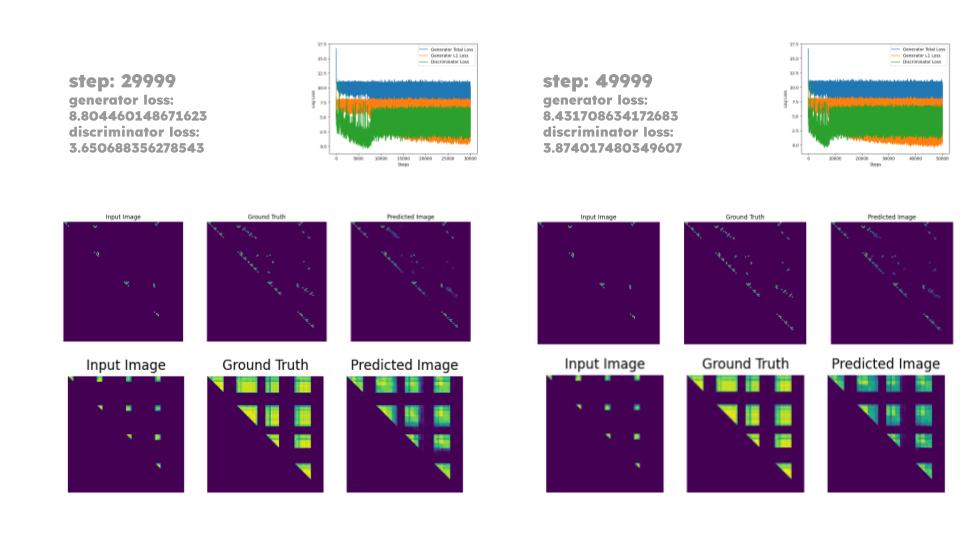
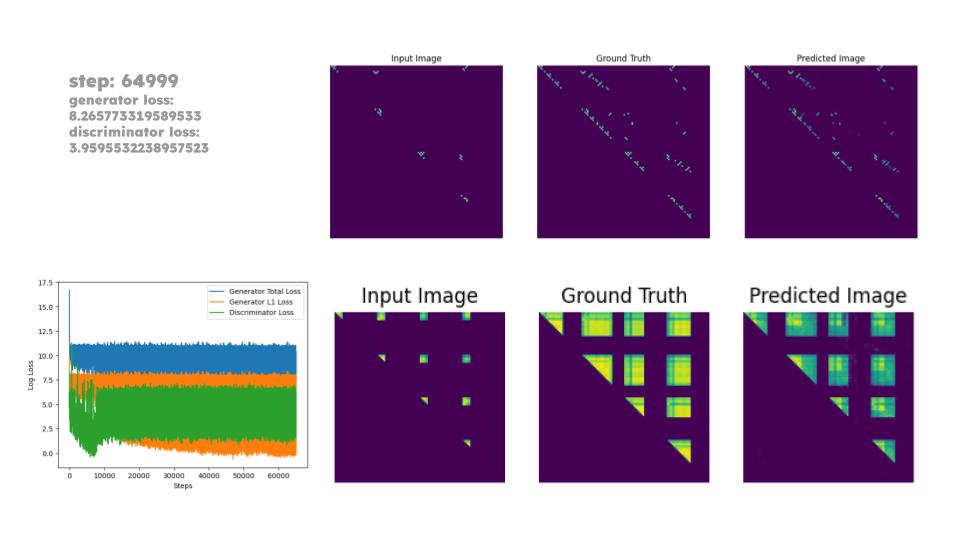
Among the reconstructed geometries, one typology, Type 3 with lounges, consistently produced the best-predicted results within the given training period. This finding emphasizes that compact geometries tend to yield better results. Furthermore, the inclusion of rooftop gardens and lounges as subtractions from the main geometries added an intriguing element to the typology predictions.
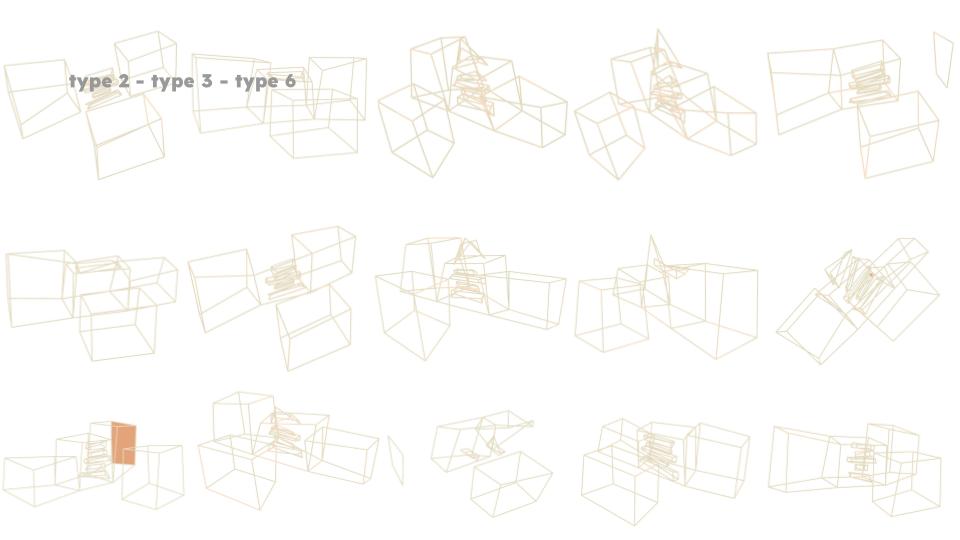
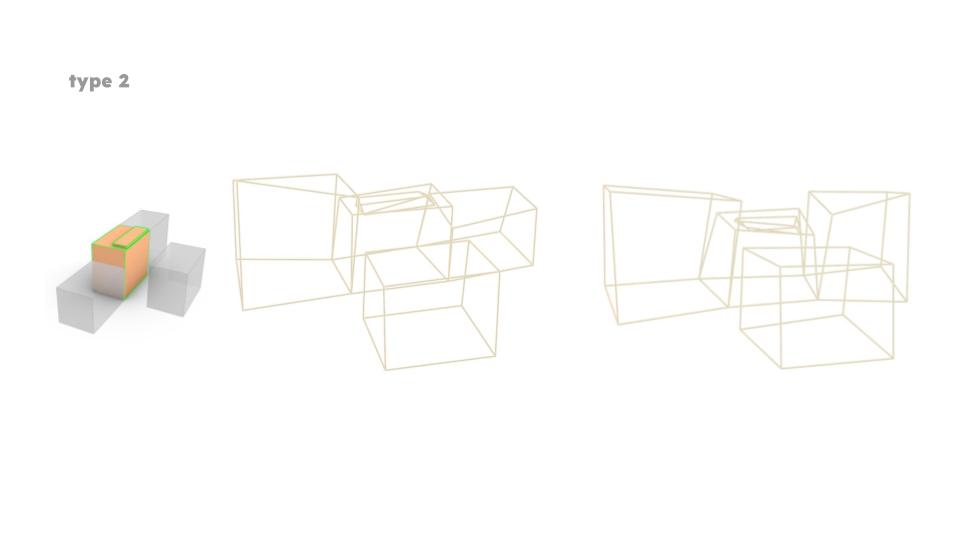
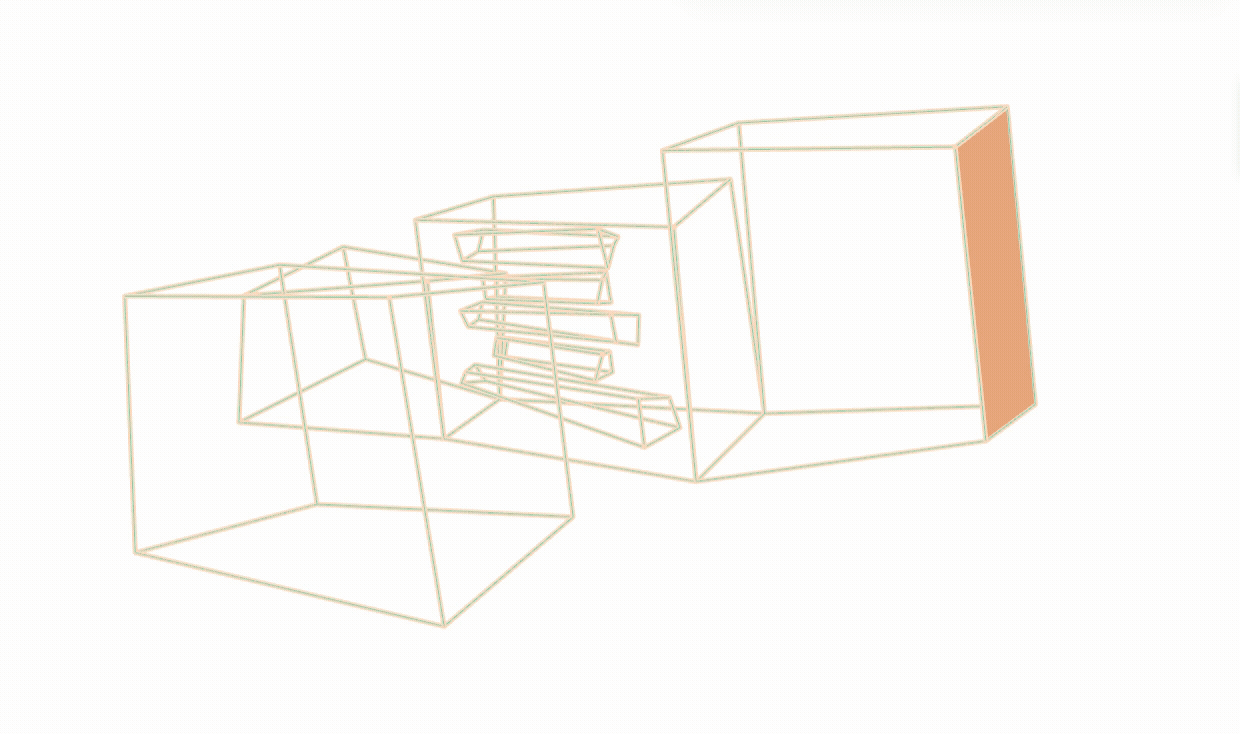
Moving forward, our research opens up new avenues for further exploration. Future considerations include designing typologies with similar complexity to create a more comprehensive dataset. Additionally, investigating latent space correlations among different typologies can provide valuable insights into their relationships and potentially enhance our understanding of architectural design.

